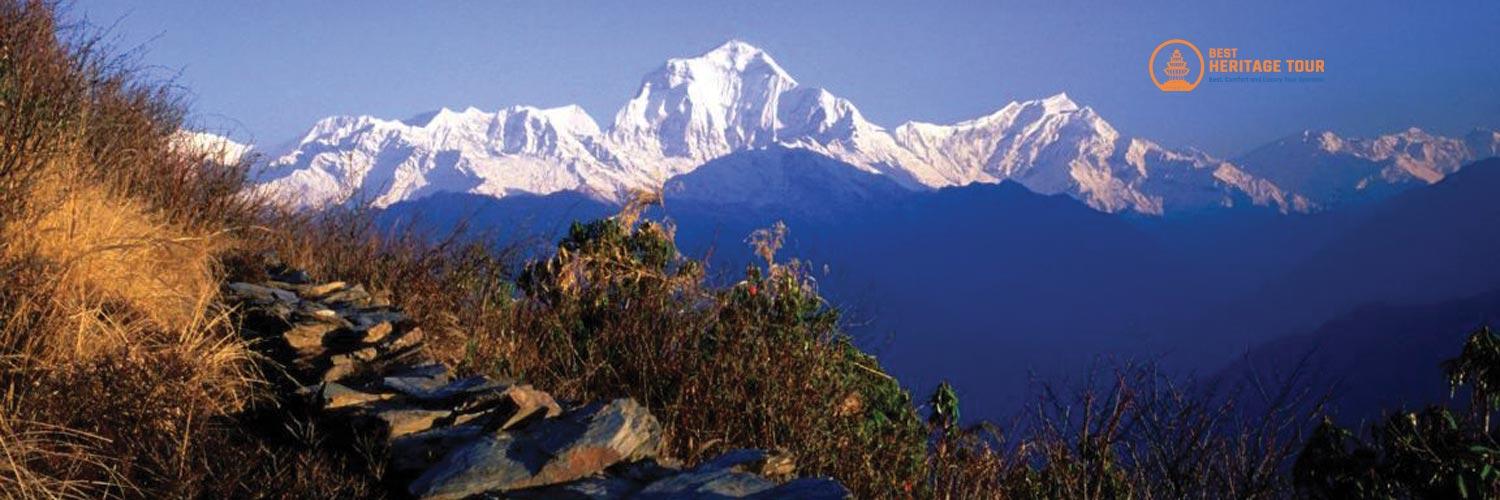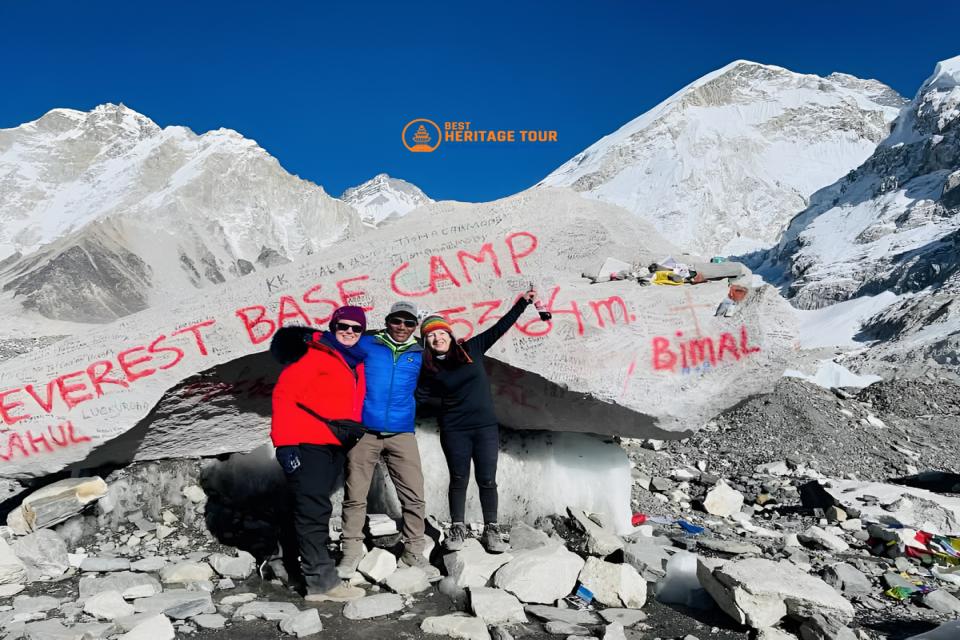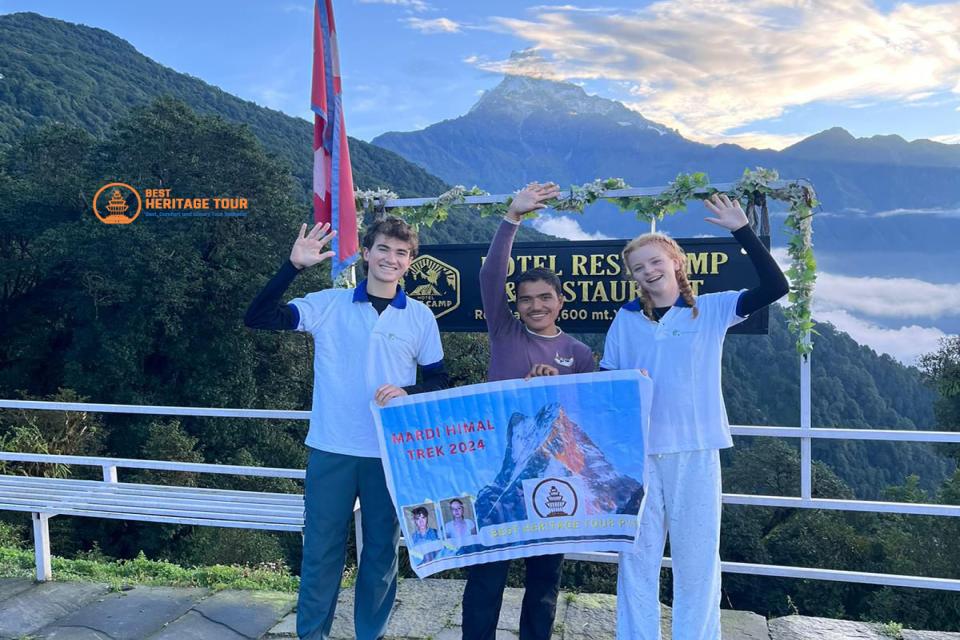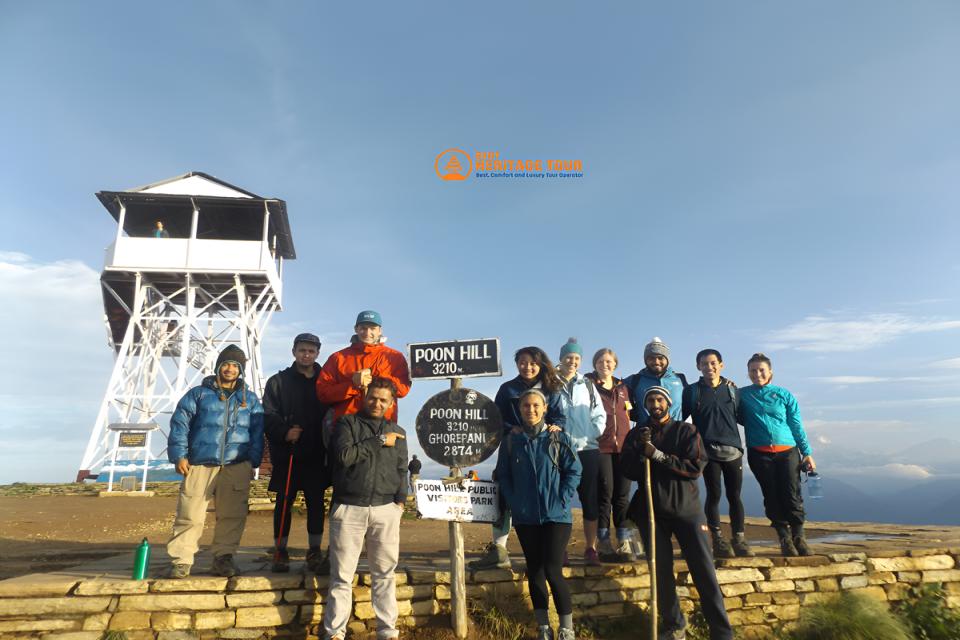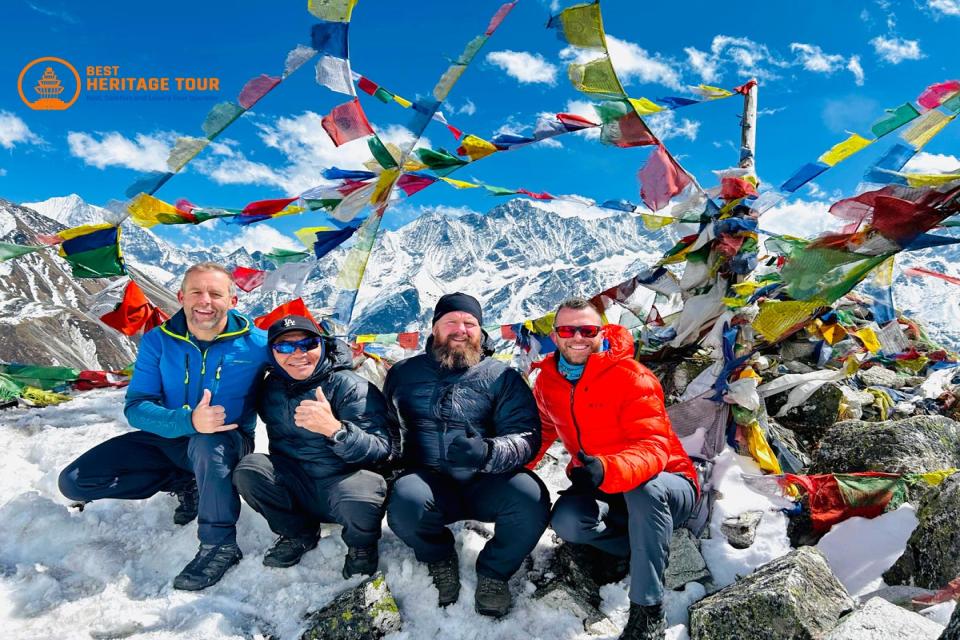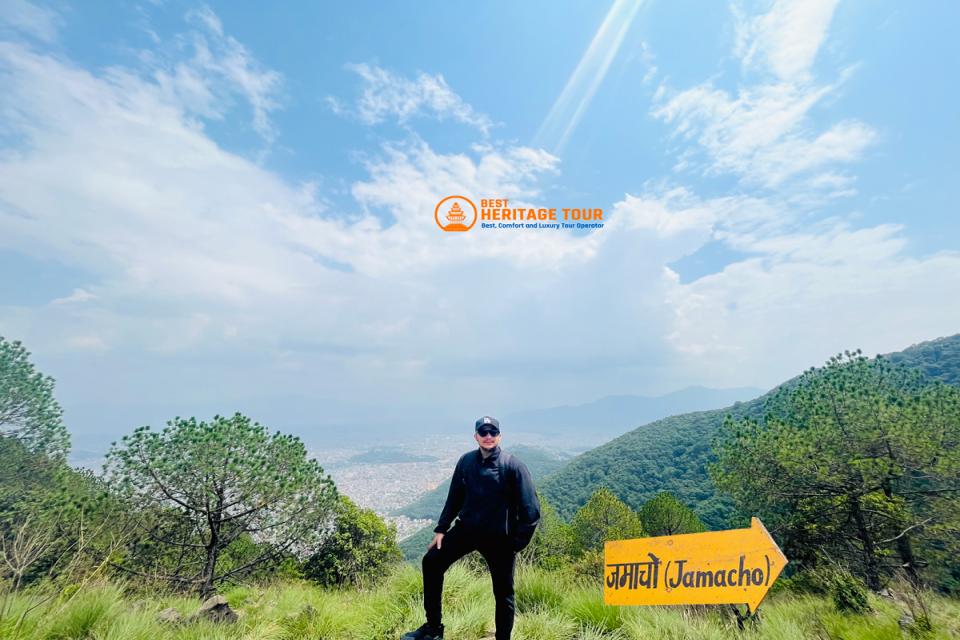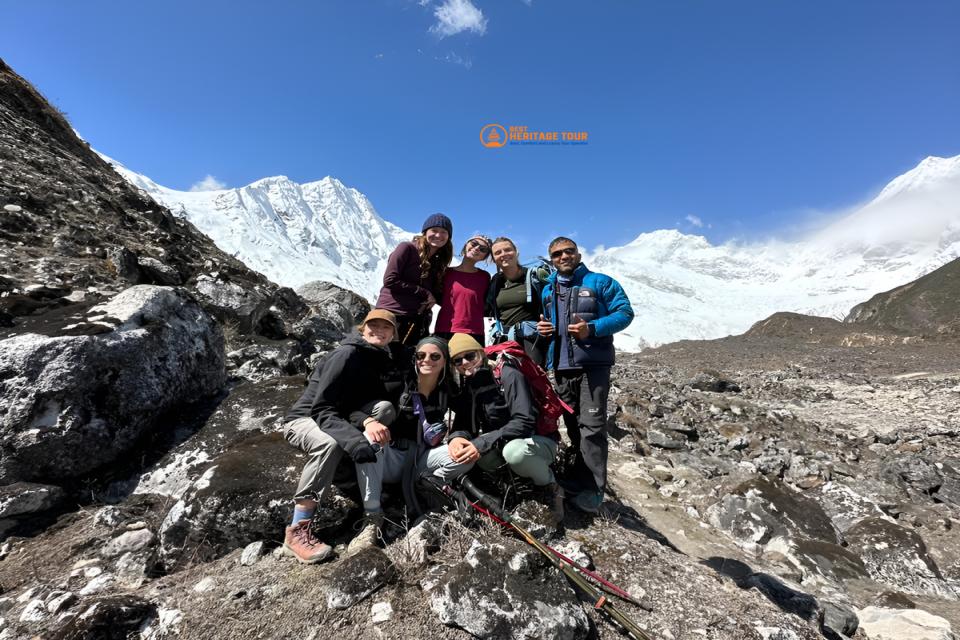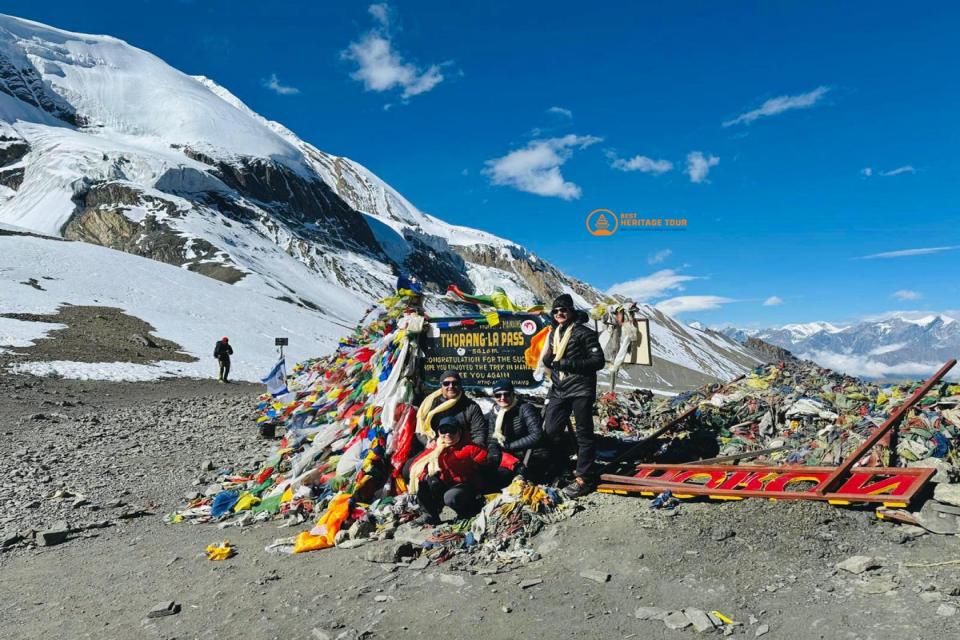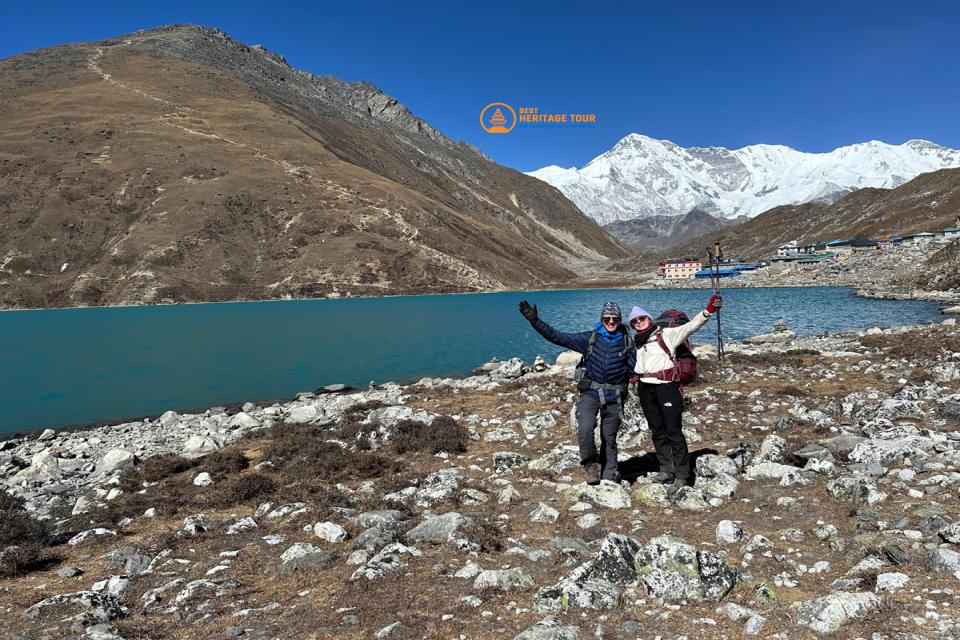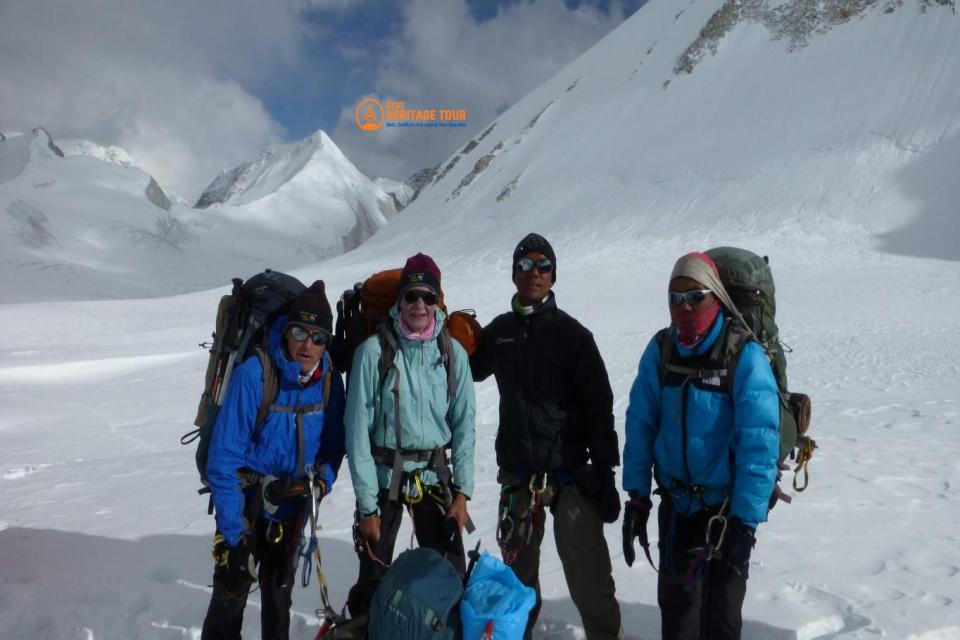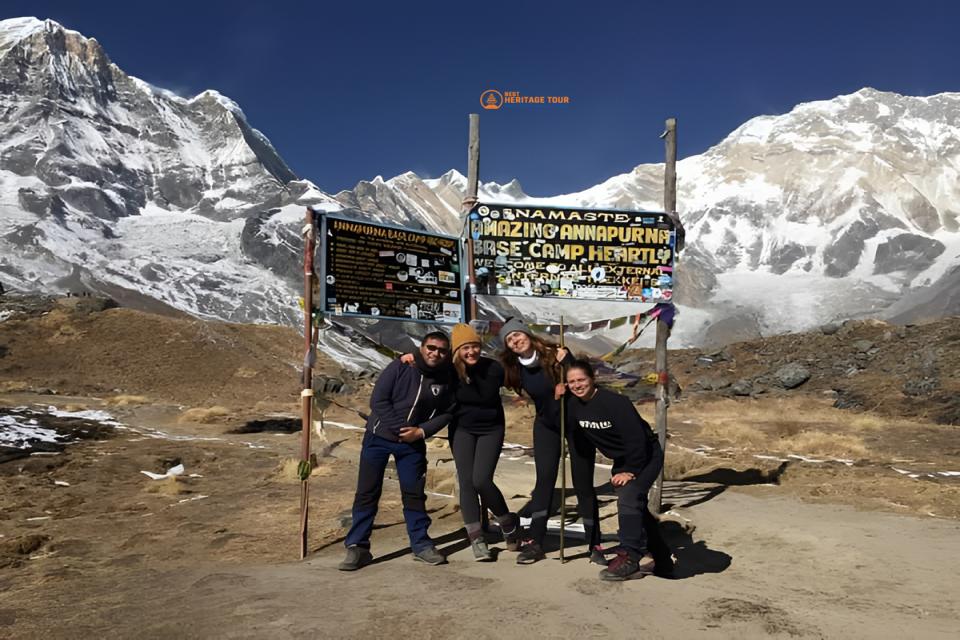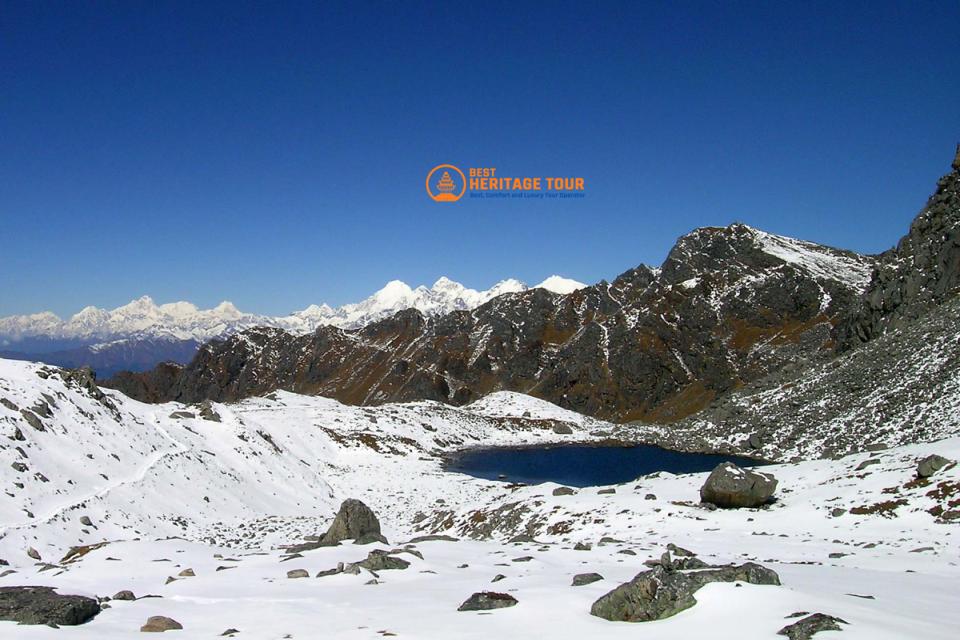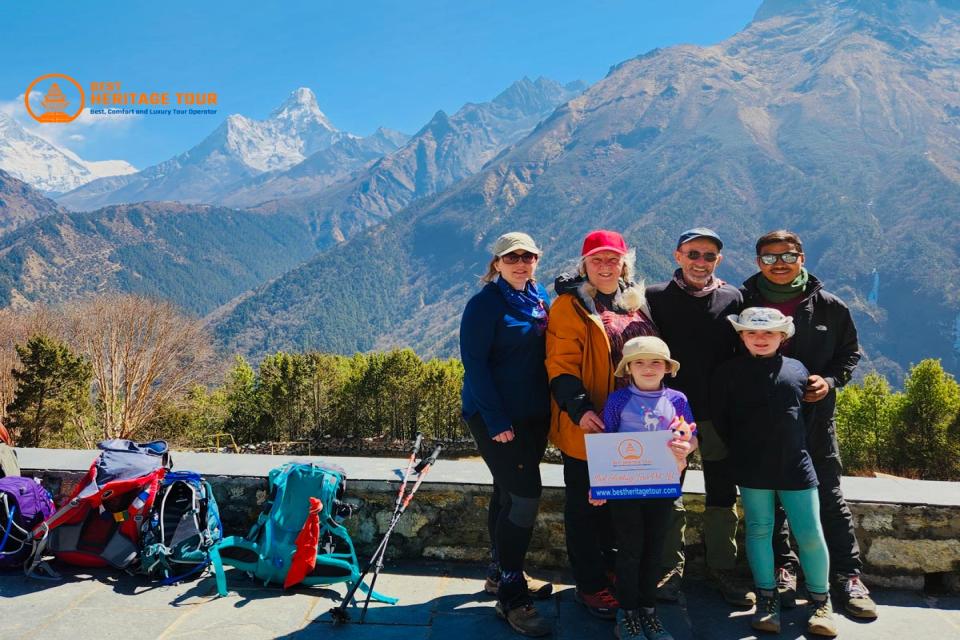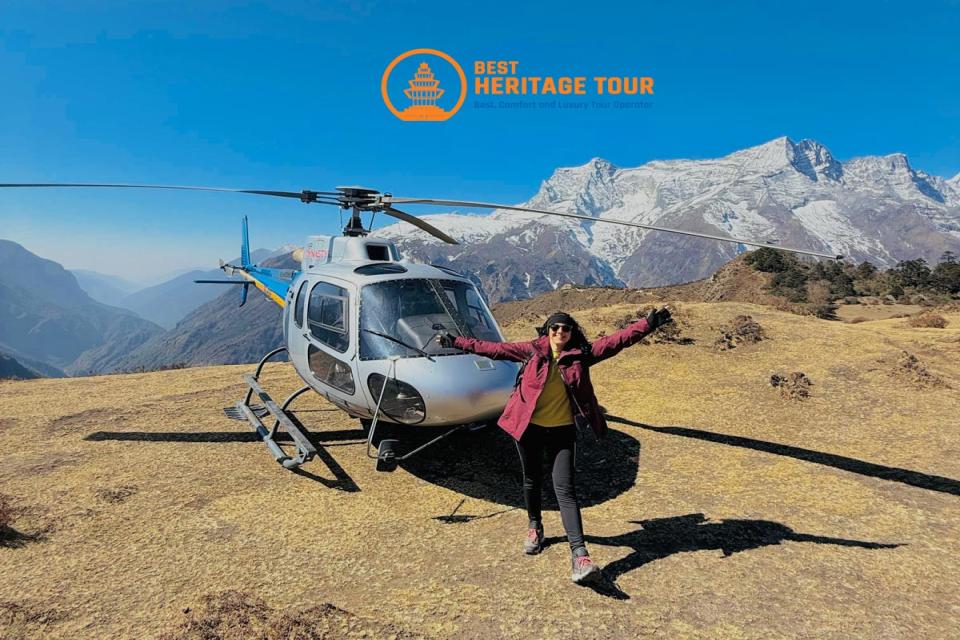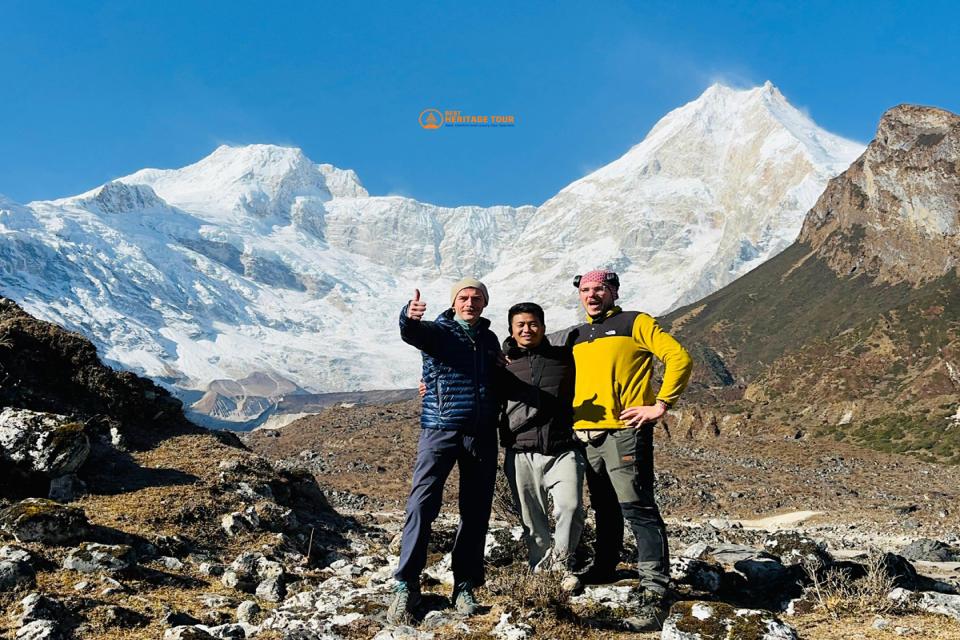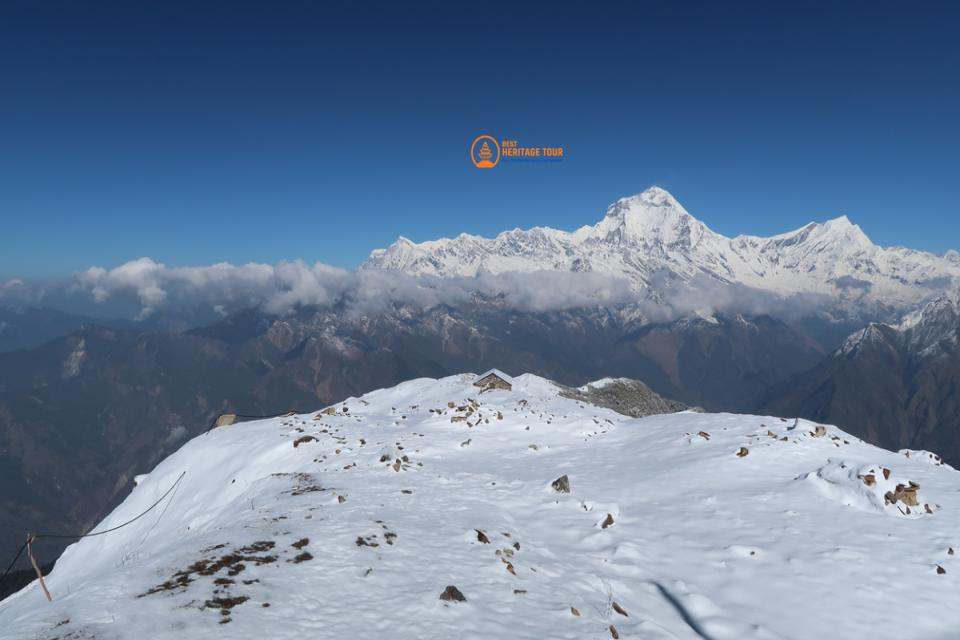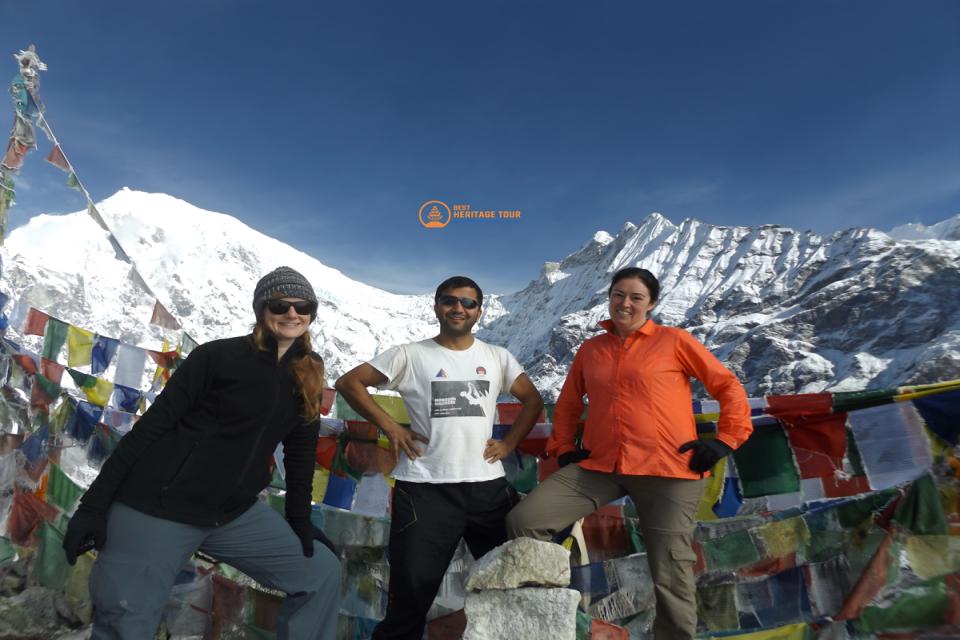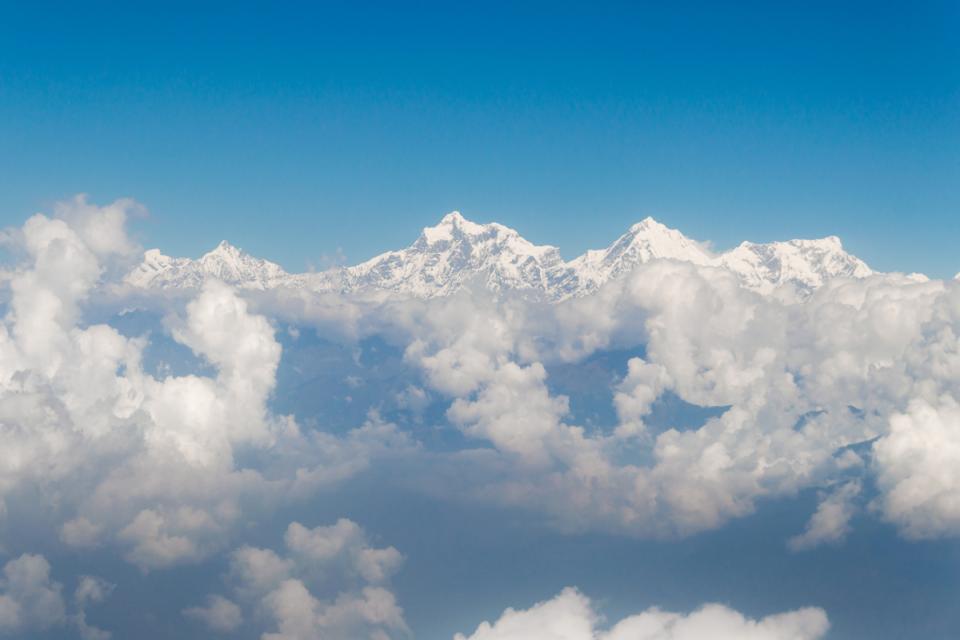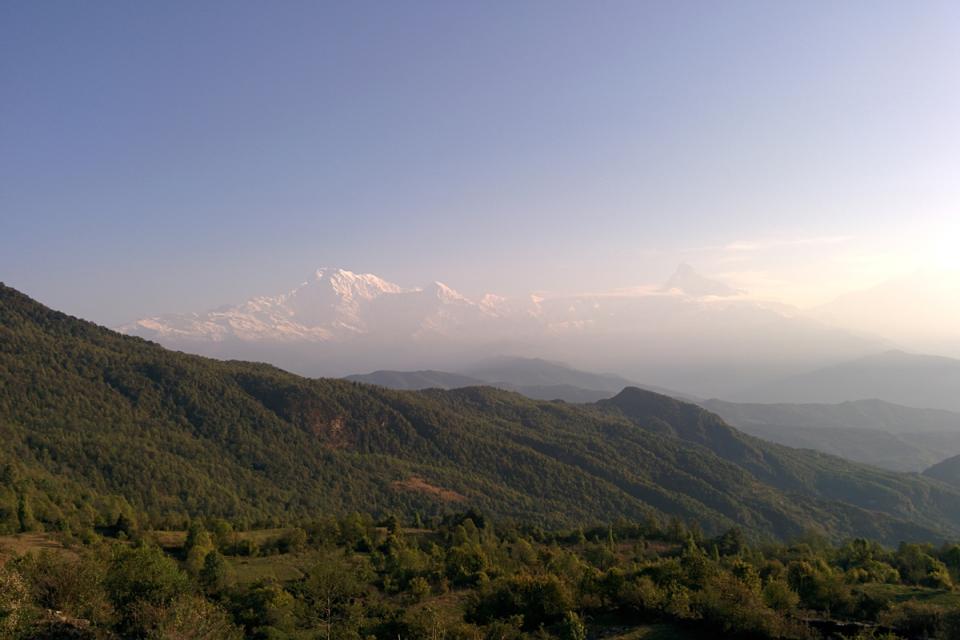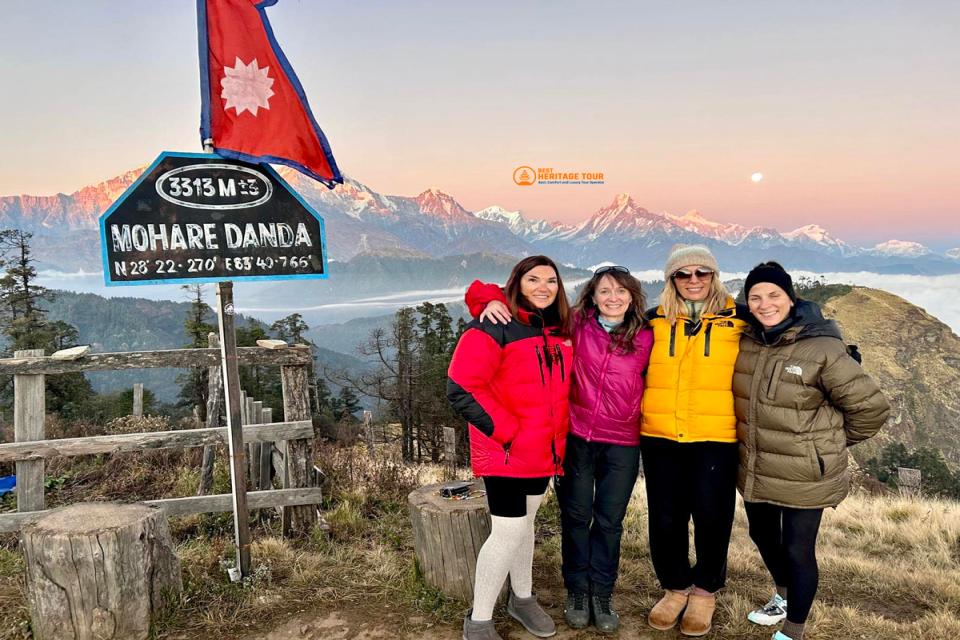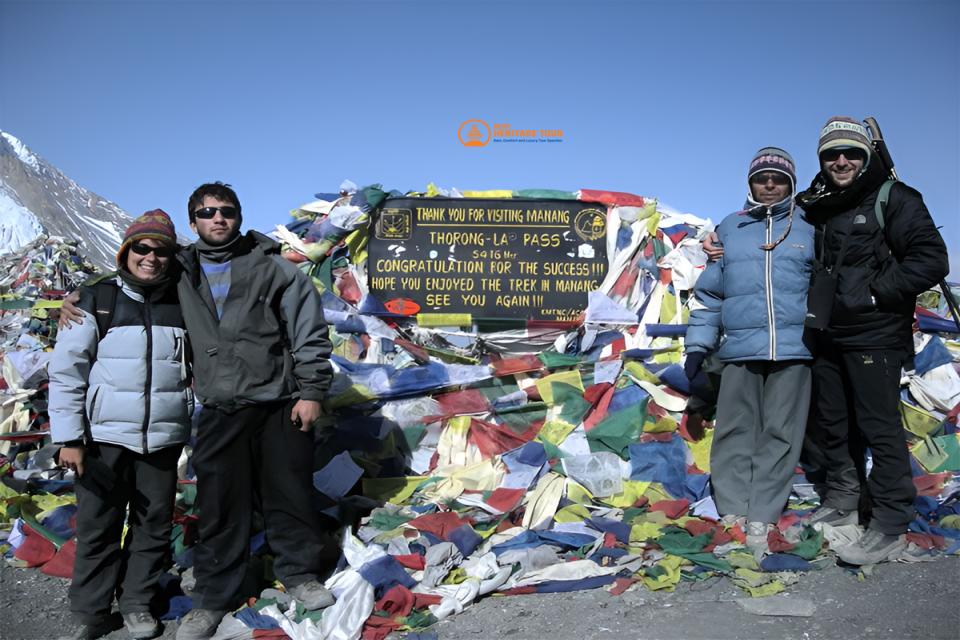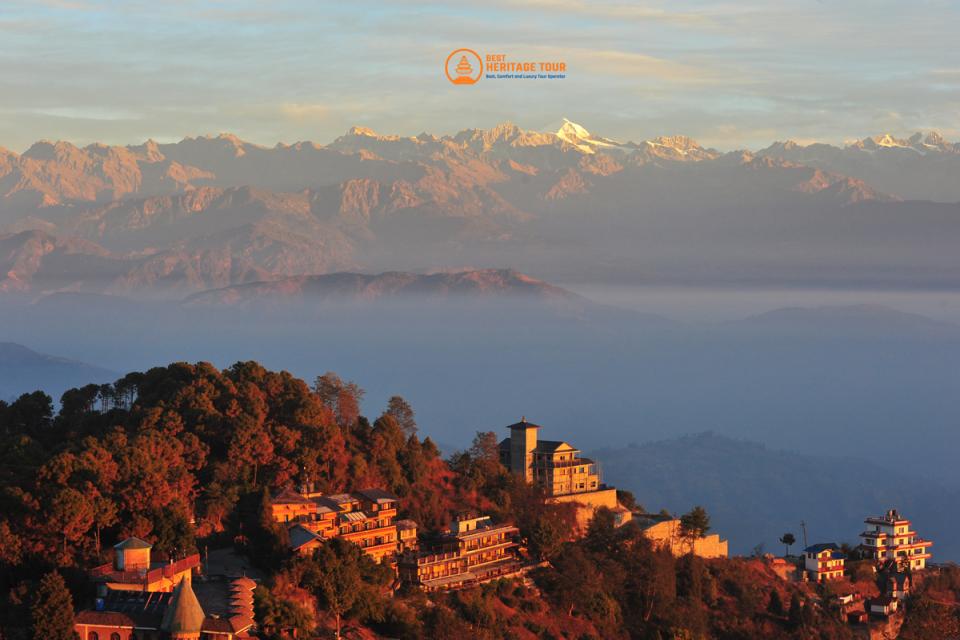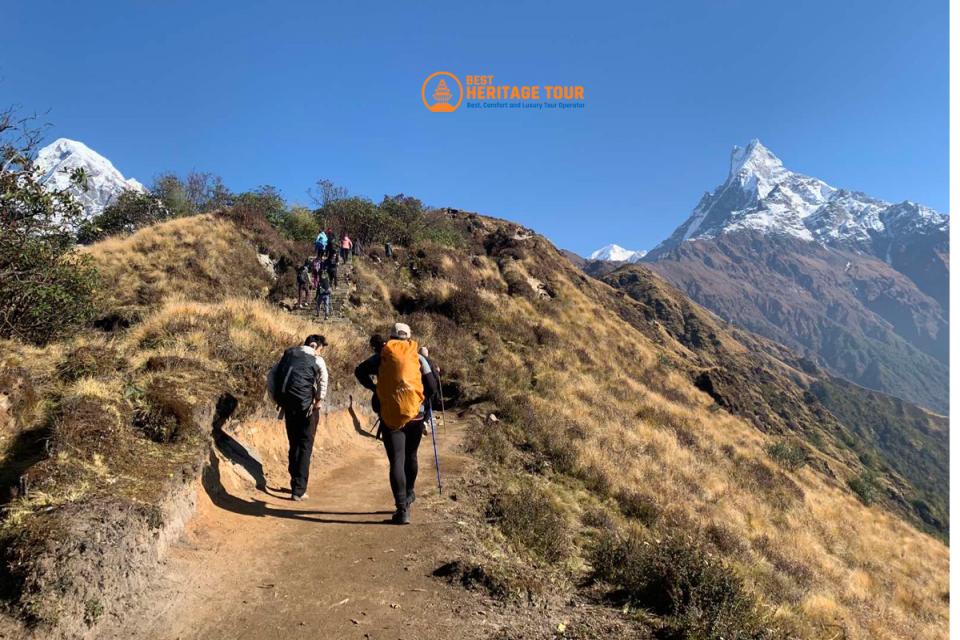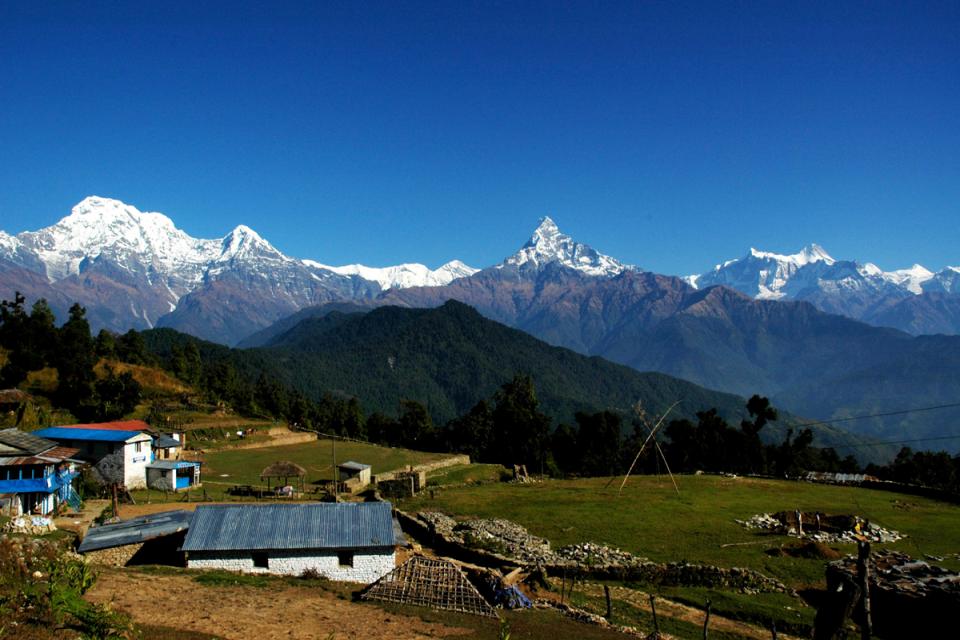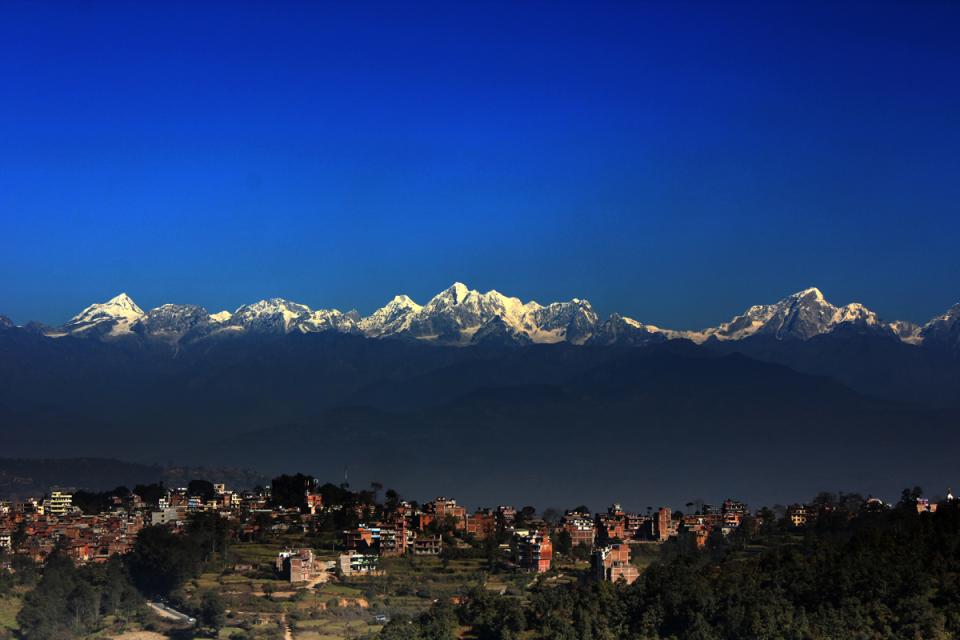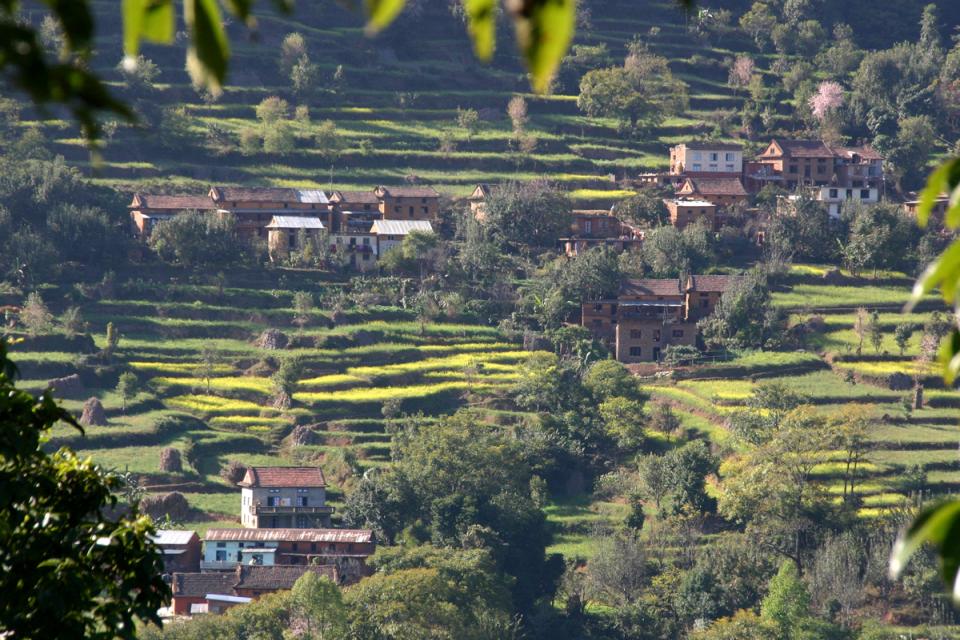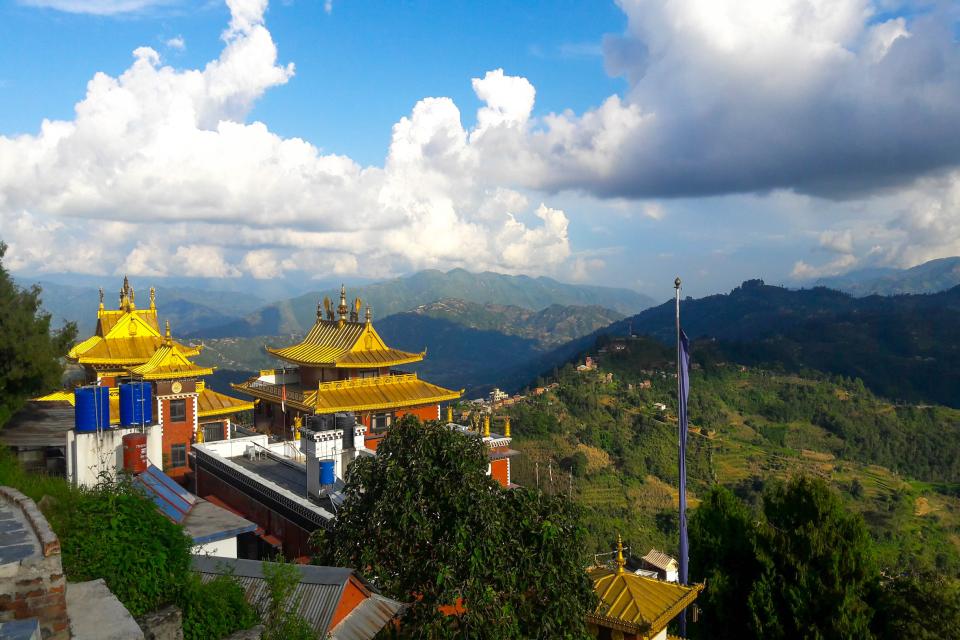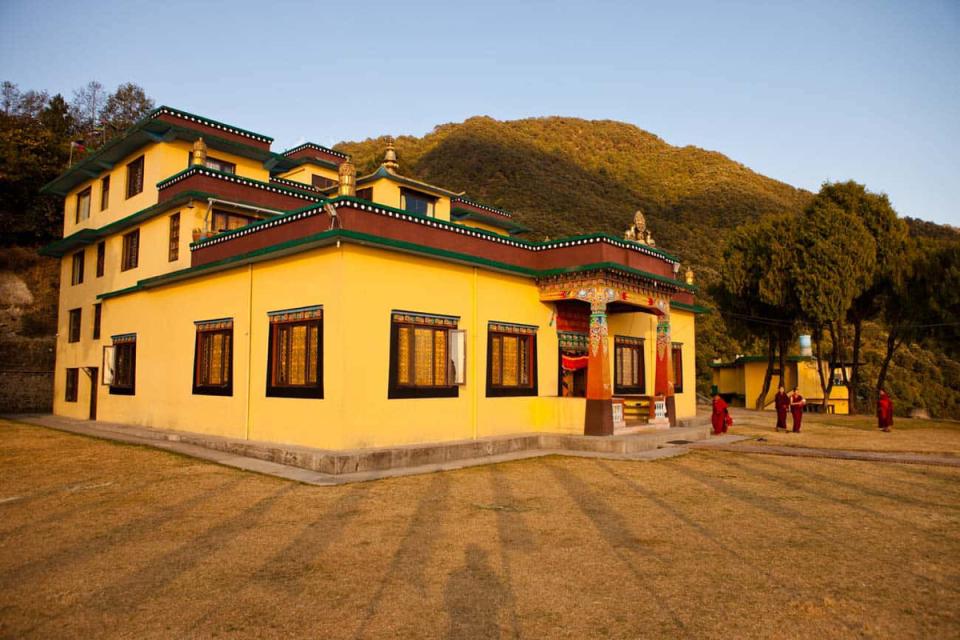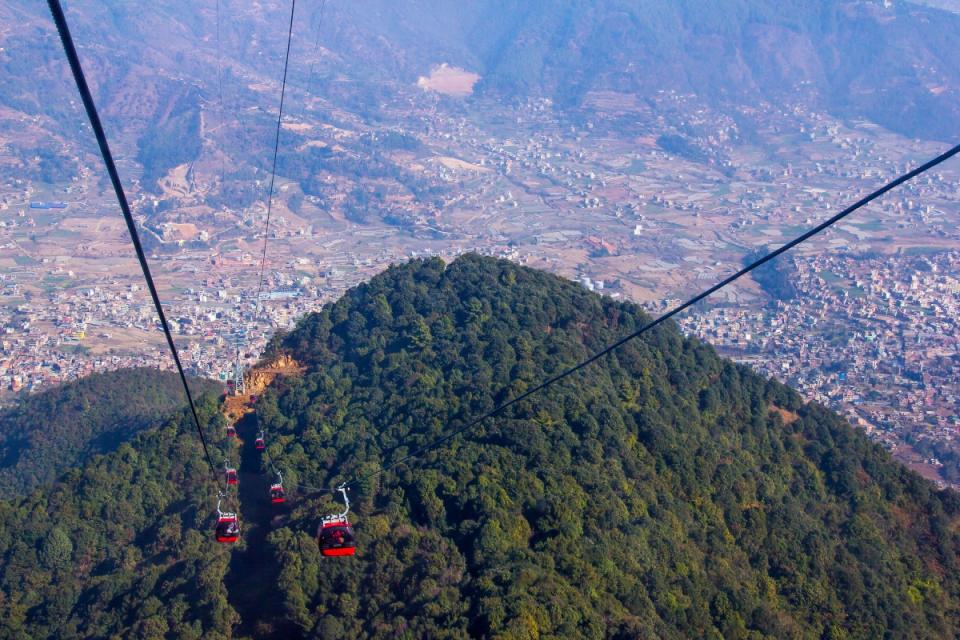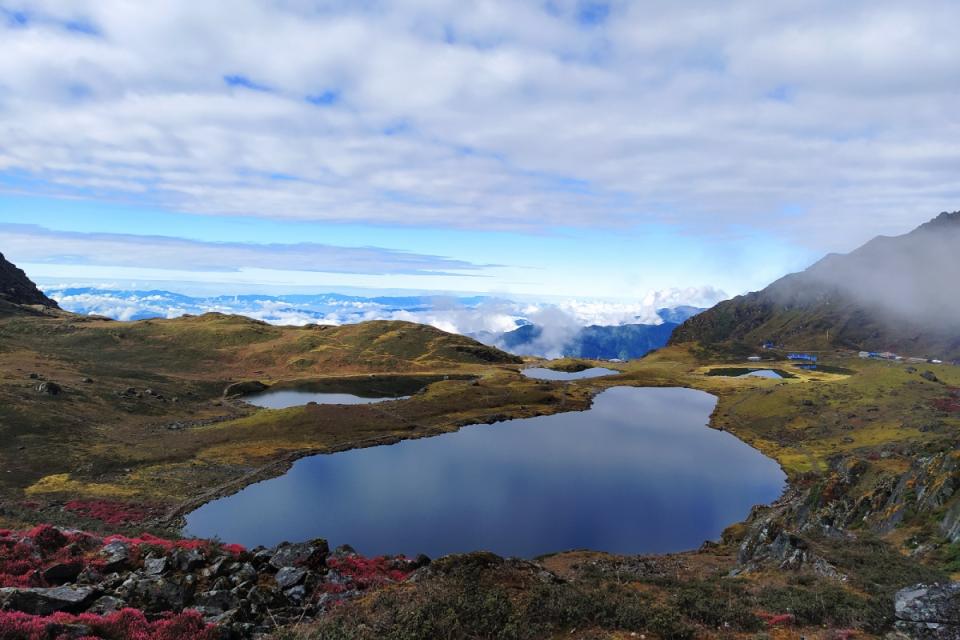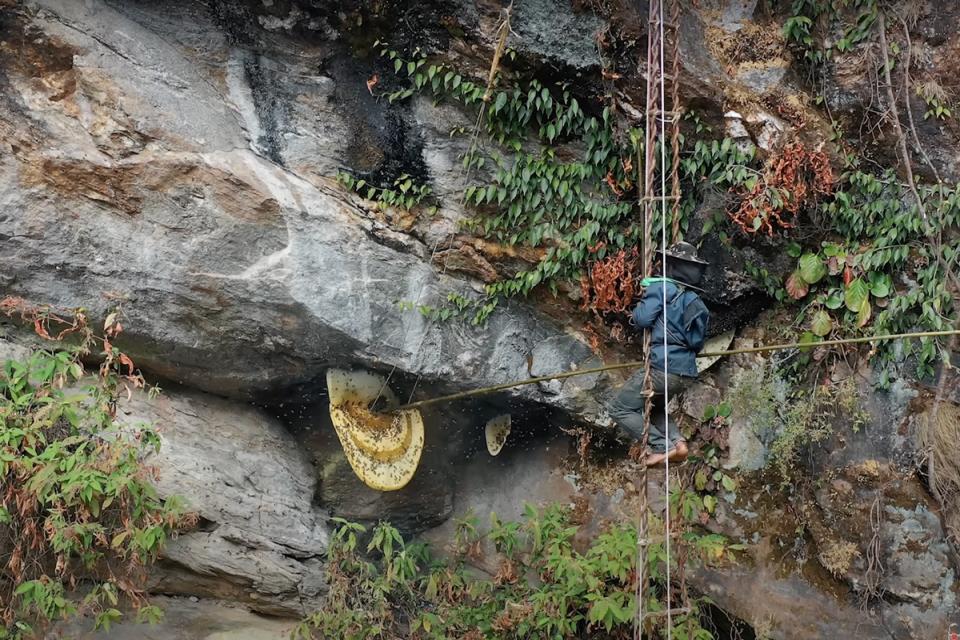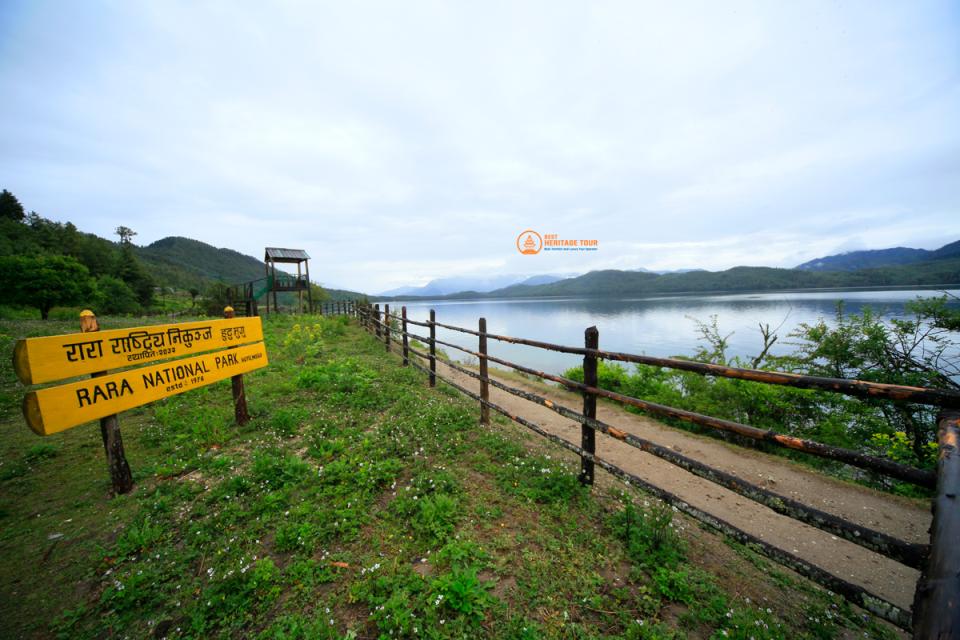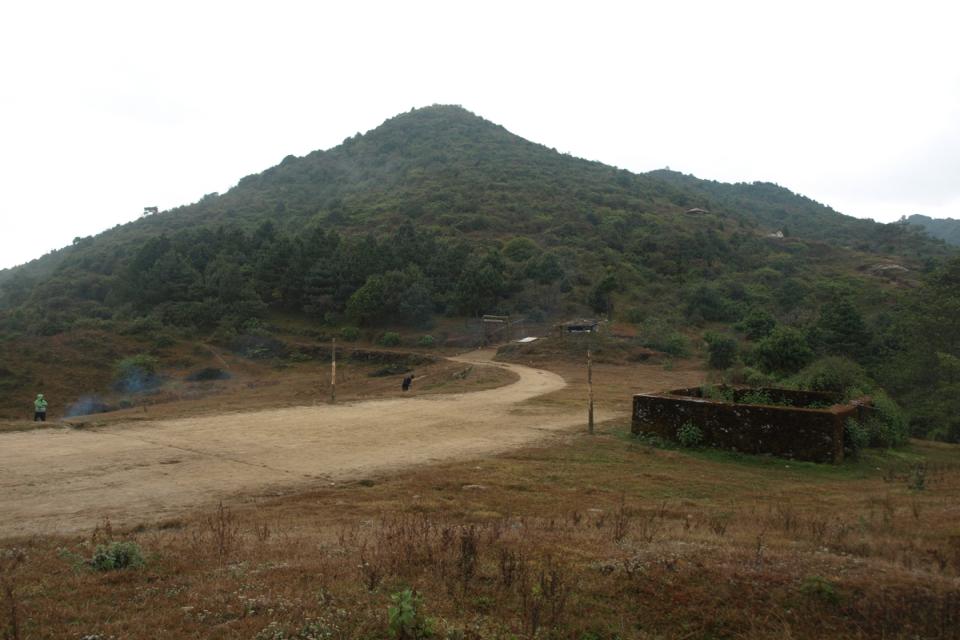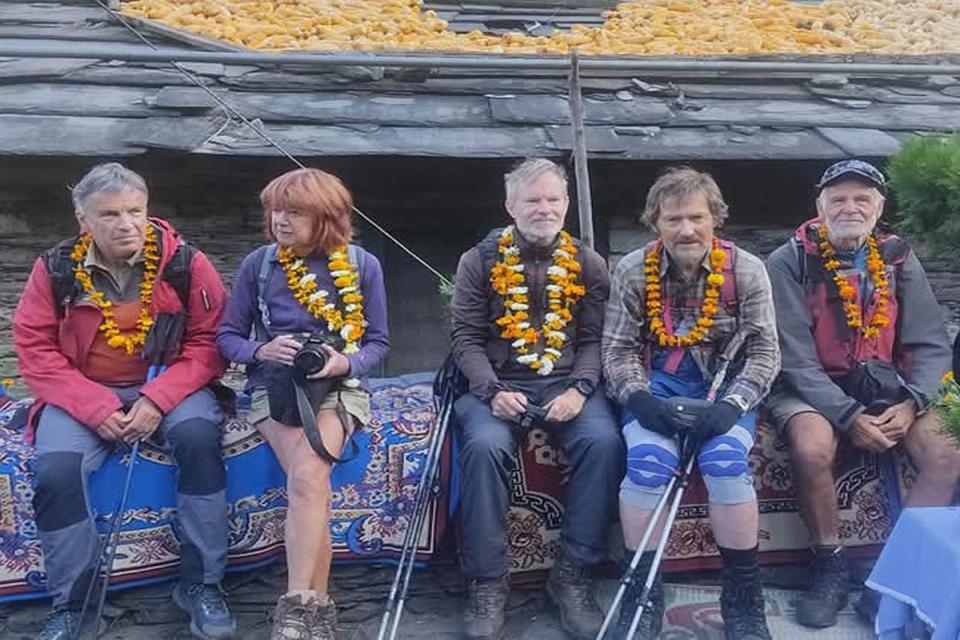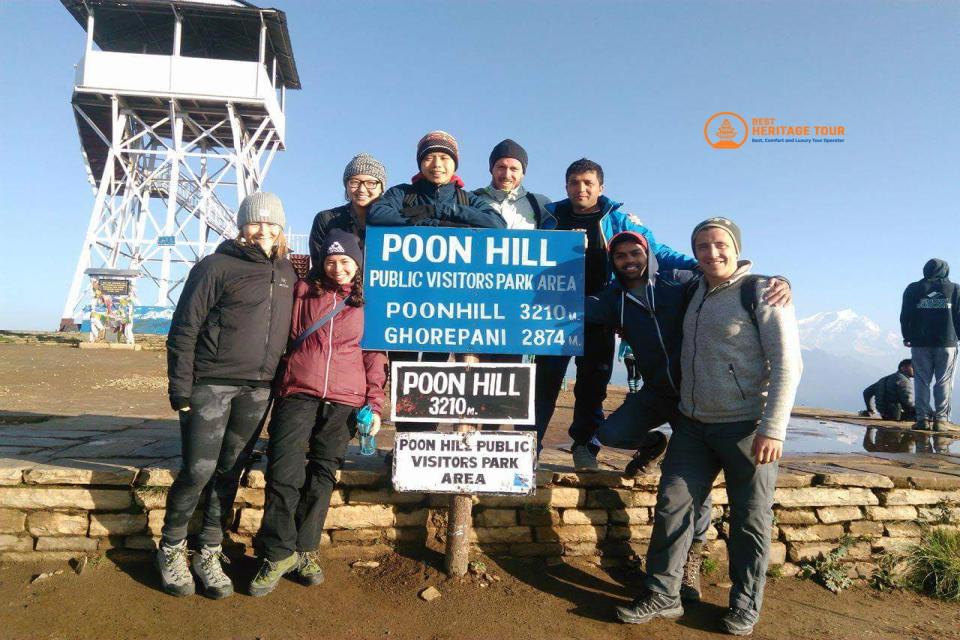Ready for the adventure of a lifetime? Solo trekking in Nepal might just be the challenge you’ve been waiting for. From majestic mountain vistas to remote valleys, Nepal is a trekker’s paradise, offering the perfect setting for adventurers who want to experience nature’s raw beauty on their own terms.
Whether you’re an experienced hiker or a first-time trekker, Nepal’s well-established trails provide the opportunity for an unforgettable journey. But before you head out with your backpack, it’s essential to know what to expect, from safety tips to the costs, accommodation options, and more. So let’s dive in and get you prepared for a solo trekking adventure like no other!
1. Is Solo Trekking Safe in Nepal?
First things first - safety is key! You might be asking, “Is it safe to trek alone in Nepal?” The good news is that it absolutely can be. Nepal is one of the most popular trekking destinations in the world, with well-trodden trails that are mostly safe for solo trekkers. But, of course, a little planning goes a long way. Here are some tips to ensure your trek stays as safe as it is exciting:
-
Get Your Permits Sorted: For every trek in Nepal, you’ll need a TIMS (Trekkers' Information Management System) card and permits for the national parks you’ll be entering. Make sure to secure these before you start your journey.
-
Weather Can Be Unpredictable: Weather in the mountains can change in an instant. One minute, you’re basking in the sun; the next, it’s snowing. Always check the weather forecasts and come prepared for all conditions.
-
Consider Hiring a Local Guide or Porter: While solo trekking is definitely doable, hiring a local guide or porter can provide extra support, knowledge, and safety. Plus, it’s a great way to immerse yourself in the local culture.
-
Stay Connected: Carry a satellite phone or a portable charger. Having communication access in remote areas is crucial, especially for emergency situations.
-
Altitude Sickness is Real: Trekking in the high Himalayas comes with its risks, especially when it comes to altitude sickness. Give your body time to acclimatize, and listen to it. If you feel something’s off, don’t push it.
2. How Much Does Solo Trekking in Nepal Cost?
Solo trekking in Nepal is budget-friendly, but the costs vary based on your preferences and the trek you choose. Expect to pay around $20 to $50 per day, which covers basic needs like permits, accommodation, and meals. Here’s the breakdown:
-
Permits: You'll need to purchase a TIMS card and park entry permits, typically costing $20 - $30.
-
Accommodation: Teahouses along the trekking routes are affordable, usually ranging from $5 to $10 per night. They provide basic rooms with shared bathrooms, but they’re comfortable enough to get a good rest after a long day of trekking.
-
Meals: Expect to pay around $3 - $7 for a meal at teahouses. Popular dishes include dal bhat (rice, lentils, and veggies), momos (dumplings), and noodle soups.
-
Transportation: Getting to the trailhead might cost you $10 - $50 depending on how far you need to go, but buses and jeeps are common ways to reach the starting points of your trek.
3. What’s Accommodation Like When You Trek Solo?
One of the highlights of solo trekking in Nepal is staying in teahouses. These cozy, simple lodgings are dotted along the trekking routes and offer a great opportunity to meet fellow trekkers while getting a warm meal and a place to sleep. Here’s what you can expect:
-
Teahouses: These are your home away from home. The rooms are basic but comfortable, with a bed and shared bathrooms. The best part? The food! After a long day on the trail, you can refuel with some hearty meals.
-
Camping: If you’re looking for more solitude, you can opt to camp. But be prepared - it takes more planning and some additional permits.
-
Luxury Lodges: On routes like the Everest Base Camp trek, you’ll also find luxurious lodges with heated rooms and more amenities, but they come at a higher cost.
In general, expect a friendly and welcoming atmosphere, especially in the more remote regions, where the local culture will add a special touch to your journey.
4. What About Meals? Will I Go Hungry?
Don’t worry, you won’t go hungry on the trail! The food on solo treks in Nepal is simple but satisfying. Teahouses serve both Nepali dishes and Western food, and everything is prepared fresh. Here’s a sample of what you can expect:
-
Dal Bhat: This traditional Nepali dish is the ultimate energy booster-rice, lentils, vegetables, and a spicy chutney. It’s hearty, filling, and definitely going to be your go-to meal.
-
Momo: These savory dumplings filled with veggies or meat are a delicious snack or appetizer that’s perfect after a day of trekking.
-
Noodle Soups: A perfect warm meal for chilly mountain nights.
-
Western Dishes: Many teahouses also serve international options like pasta, pancakes, and fried rice, so you’re never far from something familiar.
Meals generally cost $3 - $7, depending on where you are. And if you’re traveling light, bring along some snacks to keep you energized between meals.
5. Essential Gear for Solo Trekking in Nepal
Packing for a solo trek can be tricky - bring too much, and you’ll be weighed down; bring too little, and you could be in trouble. Here’s a checklist to make sure you’re ready:
-
Backpack: A good, durable backpack is essential. Make sure it’s comfortable and doesn’t weigh you down.
-
Trekking Shoes: Invest in waterproof, durable shoes with good ankle support.
-
Layers: Temperatures in the mountains can fluctuate, so layering is key. Bring warm clothes for the evenings and lighter clothes for the daytime.
-
Sleeping Bag: Don’t forget a warm sleeping bag that’s suited to high-altitude conditions.
-
Headlamp/Flashlight: You’ll need a good source of light for early starts and late arrivals.
-
First Aid Kit: A small but useful kit with essentials like bandages, pain relievers, and blister protection.
-
Water Purification: A filter or purification tablets will save you money and help you avoid drinking unsafe water.
Pack smart, pack light, and you’ll be all set for the adventure. For the detailed essential gear list do check out the Best Heritage Tour travels company gear list.
6. Best Solo Trekking Routes in Nepal
Nepal offers a wide range of trekking routes for solo trekkers. Whether you want an easy trek with stunning views or a challenge that pushes your limits, there’s something for everyone. Here are a few of the best options:
-
Annapurna Circuit: One of the most popular treks in Nepal, it’s known for its diverse landscapes and breathtaking mountain views.
-
Langtang Valley: A bit shorter than some other treks, but just as beautiful. It’s a perfect mix of nature, culture, and wildlife.
-
Ghorepani Poon Hill: A fantastic trek for beginners or those short on time. Poon Hill offers jaw-dropping panoramic views of the Annapurna range.
-
Everest Base Camp: A bucket-list trek for many, this one’s for the experienced solo trekker. You’ll stand at the foot of the world’s highest peak.
7. Solo Trekking Tips for Success
Solo trekking is a beautiful way to connect with nature and yourself. But it’s not all about the destination - it’s about enjoying the journey too. Here are some tips to make sure your trek is as successful as it is unforgettable:
-
Pace Yourself: Don’t rush the trek. Take your time, listen to your body, and take rest days if you need them.
-
Stay Hydrated and Energized: Drinking water and eating regularly is crucial to keep your energy levels up.
-
Respect Local Cultures: Nepal’s mountain communities are rich in tradition. Be respectful, and don’t hesitate to chat with the locals- they often have fascinating stories to share.
-
Don’t Overpack: You really don’t need that much. Keep it light so you can focus on enjoying the experience.
Conclusion:
Solo trekking in Nepal is more than just a physical challenge - it’s a chance to connect deeply with nature, discover the magic of the Himalayas, and create memories that will last a lifetime. With the right preparation, safety precautions, and the right attitude, your solo adventure will be a rewarding journey you’ll never forget.
So, are you ready to take the plunge and set off on your solo trek? Nepal’s waiting. Lace up those boots and let the adventure begin!
Contact Best Heritage Tour Company
Visit Best Heritage Tour Pvt.Ltd. official website to gather information about BHT services.
Look for contact details:
Phone number/Viber /What’s App: +9779851149197 / +9779810043046
Email: bestheritagetour@gmail.com/ info@bestheritagetour.com to get in touch with them directly.
Author: Best Heritage Tour
Date: 2nd April, 2025

